Why cherry sorting is essential to improving coffee quality
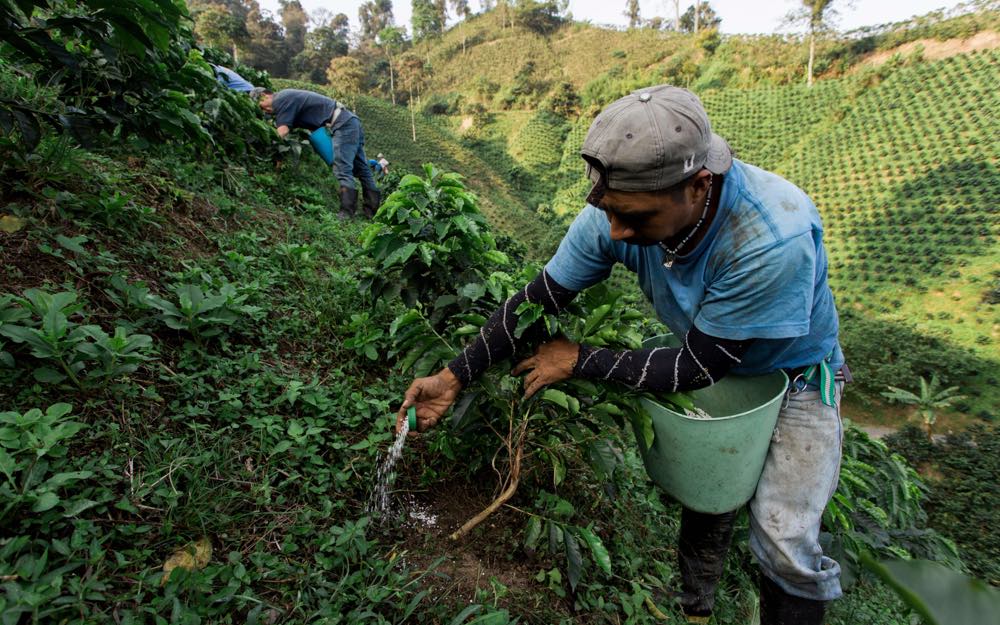
Growing high-quality coffee requires great skill and attention to detail. Beyond implementing farming best practices, harvesting and sorting cherries are essential parts of the process.
Many farms choose to manually pick and sort cherries, with some even having no option but to harvest them by hand. These methods, however, can be laborious and time-consuming, and often lead to higher costs for producers.
As a result, some coffee farmers are turning to mechanised solutions to harvest and sort cherries – and thereby improve coffee quality.
To learn more, I spoke to Carlos Henrique Palini, commercial director at Palinialves, and Felipe Fernandes Vilhena Faleiros, operational manager at Eldorado Specialty Coffees.
You may also like our article on the anatomy of a coffee cherry.
How do pickers harvest and sort cherries?
Harvesting and sorting cherries are two essential steps in coffee production. Farm workers can use several different methods to do both – including manual, semi-mechanised, and fully mechanised.
Carlos works at Palinialves, a Brazilian agricultural equipment manufacturer. He explains that cherry ripeness is a key factor in all three harvesting and sorting techniques.
“You need to pick coffee cherries at the most optimal stage of ripeness and uniformity, with a higher percentage of ripe fruits, or red cherries,” he says.
Selective picking helps coffee farms to do this. Labourers harvest only the ripest cherries by hand, which helps to improve quality and increase sweeter and more complex flavours. This method, however, is very labour-intensive.
Some farms, meanwhile, will use hand strip picking. This is when labourers harvest all the cherries off branches by hand.
Mechanised harvesting methods
One of the most common semi-mechanised harvesting techniques is when farm workers use hand-held tools called derricadeiras to shake and strip cherries off branches. The cherries then fall onto tarps placed below the plants to make collecting them easier.
Felipe works at Eldorado Specialty Coffees – a group of farms in Brazil. He says their producers wait for cherries to reach around 75% full ripeness before harvesting them using mechanised systems.
On larger farms located on flatter terrain – like in Brazil, for example – producers will use specialist machinery to strip pick cherries. Labourers drive large mechanical harvesters which have vibrating, rotating rods to shake cherries loose that pickers then collect in containers.
Whether done by hand or machine, strip picking can save time and money, but removing unripe cherries from the harvested lots can be arduous.
During harvesting, it’s common for pickers to also remove both underripe and overripe cherries, as well as ripe ones. The first two must be removed to maintain coffee quality.
“Through post-harvest processing, you separate the ripe cherries,” Carlos explains. “This improves the uniformity of ripeness to increase quality.”
What about sorting coffee cherries?
Carlos tells me the process of sorting cherries involves various pieces of equipment and several techniques to achieve optimal ripeness. Many farms will start by placing harvested cherries on a tarp, and removing any unripe ones. Others will use automated systems to sort cherries by size, colour, and density.
In certain cases, cherries are placed in water tanks. This is to identify any defective, underdeveloped, or overripe cherries, which will float to the surface and are then removed.
Following this, farm workers will visually inspect the coffee while it dries on raised beds or patios to identify and remove any damaged, insect-infested, discoloured, or underripe beans.
After a drying period of around two months, producers will use a density sorter and gravity separator to distinguish between high-density and low-density beans. Denser beans are typically considered to be higher quality, and often sell for higher prices.
Finally, the green beans are sorted by colour to remove any defective beans – either by hand or using sensor machines. This step is crucial to ensure the coffee meets specialty-grade standards.
Problems associated with manual sorting methods
Although manual coffee sorting can assist with quality control, this method is usually very time-consuming and isn’t always the most accurate.
“Because of the size of our farms and the volume of coffee harvested daily, sorting cherries manually is inefficient and costly,” Felipe says.
It can take hours for a team of people to meticulously sort cherries by hand. The longer this process goes on, the more likely it is that cherries will overripen and spoil. Selective picking can take even longer as not all cherries mature at the same rate, so labourers need to harvest multiple times.
To increase productivity, coffee farms must also employ large teams, so costs can quickly add up.
“Most coffee-producing regions in Brazil, however, currently suffer from labour shortages,” Felipe explains. This leads to a number of issues, including overripe cherries and inadequately sorted coffee – ultimately resulting in lower yields and profit losses.
Additionally, pickers often rely on colour alone as an efficient way to assess ripeness levels, but this process can be subjective. Moreover, sorting yellow cherries can be especially challenging because it’s more difficult to know when they have reached optimal ripeness.
“Manual sorting is an even bigger challenge for larger producers because they have more extensive planted areas and a higher volume of coffee at different stages of ripeness, which results in even greater non-uniformity,” Carlos tells me. “In turn, larger farms require more robust post-harvest infrastructure to separate and sort coffee cherries.”
Increasing use of mechanised sorting systems
For producers who have the means and resources to decide, they must weigh up the pros and cons of manual and mechanised sorting solutions. But as it becomes more challenging to find a stable workforce every year in some producing countries, an increasing number of farms have started to rely more on automated solutions.
One of these is Palinialves’ FullSelect optical sorter – which will be showcased at the company’s booth at the 2023 International Coffee Week event in Belo Horizonte, Brazil from 8 to 10 November.
Carlos explains how the machine works.
“The FullSelect is an electronic optical sorter that separates coffee cherries based on colour,” he says. “Farm workers feed harvested cherries (which are at various stages of ripeness) through a hopper. They are transported on a conveyor belt to the optical sorting machine.
“The machine uses high-resolution cameras to take photos of the cherries and distinguishes them by colour sensitivity,” he adds. “For instance, red or yellow cherries are accepted, while green and black ones are rejected.”
When the FullSelect identifies defective cherries, a stream of high-precision compressed air moves and separates them from ripe ones.
“The optical sorter also includes a set of full-colour cameras that can detect green coffee in ripe red cherries,” Felipe tells me. “These cameras are very sensitive and can sort cherries based on subtle differences in colour tone with a high level of precision.”
When would manual sorting methods work better?
It’s important to note that not all farmers need to use mechanised harvesting or sorting machines. For example, it’s potentially more cost effective for smallholder farmers who grow coffee across one or two hectares to harvest and sort cherries by hand – mostly because they produce smaller volumes of coffee.
Additionally, some farms may be located at higher altitudes or on more mountainous terrain, which makes it difficult to operate harvesting machines. But more importantly, some producers may not have the capital or access to loans to invest in these solutions.
How can sorting machines benefit producers?
Of course the most obvious advantage to using mechanised sorting solutions is saving both time and money. Instead of meticulously sorting cherries by hand, producers can use machines and focus on other areas of their farm.
“Mechanised sorters like the FullSelect are much more reliable than manual methods, and allow me to free up more of my time,” Felipe explains.
Using these machines can also increase production volumes more effectively.
“Manual sorting methods often have high operational costs, but result in lower yields,” Carlos tells me. “Optical sorters can process between 6,000 and 10,000kg of coffee cherries per hour, which is significantly higher than the volume pickers can sort by hand.”
Carlos adds that sorting machines also offer several other benefits for producers, particularly those focused on growing higher-quality coffee.
“Palnialves’ FullSelect machine, for example, can sort high volumes of cherries efficiently and precisely,” Carlos says. “Producers can then process only the ripest cherries, and thereby elevate overall quality.”
A bigger focus on quality
For producers who have the resources to invest in mechanised sorting solutions, post-harvest processing methods can become more accessible and streamlined.
“The FullSelect machine is straightforward to operate, and can be configured using an intuitive touchscreen panel,” Carlos explains. “It also features automatic sensitivity adjustment.”
Additionally, this more advanced technology means farmers can dedicate more time and energy to other aspects of their business to improve coffee quality even further.
“With using mechanised sorters, I’m assured that I’m only processing red ripe cherries with no defects,” Felipe concludes.
From planting seeds to implementing various processing methods, producers who grow high-quality coffee certainly don’t overlook any step of the process. As part of this, many farmers around the world rely on manual harvesting and sorting methods – with some having no choice but to.
At the same time, however, it seems more producers have started to see the benefits of using mechanised sorting solutions. For coffee farms who have the infrastructure and resources to invest in these machines, they can provide a wide range of benefits.
Enjoyed this? Then read our article on identifying and improving cherry ripeness.
Photo credits: Palinialves
Perfect Daily Grind
Please note: Palinialves is a sponsor of Perfect Daily Grind.
Want to read more articles like this? Sign up for our newsletter!
The post Why cherry sorting is essential to improving coffee quality appeared first on Perfect Daily Grind.
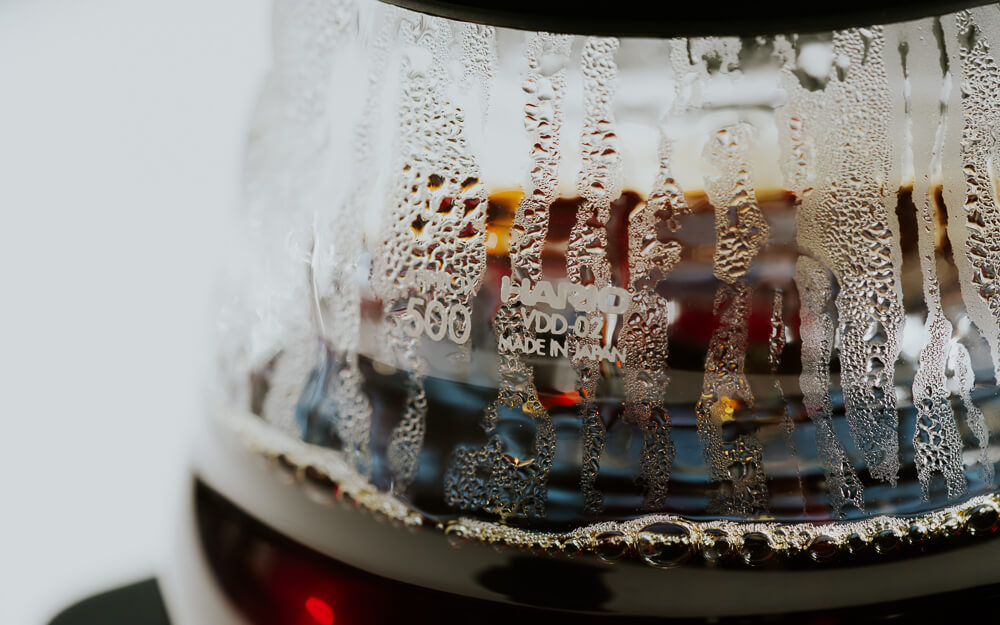
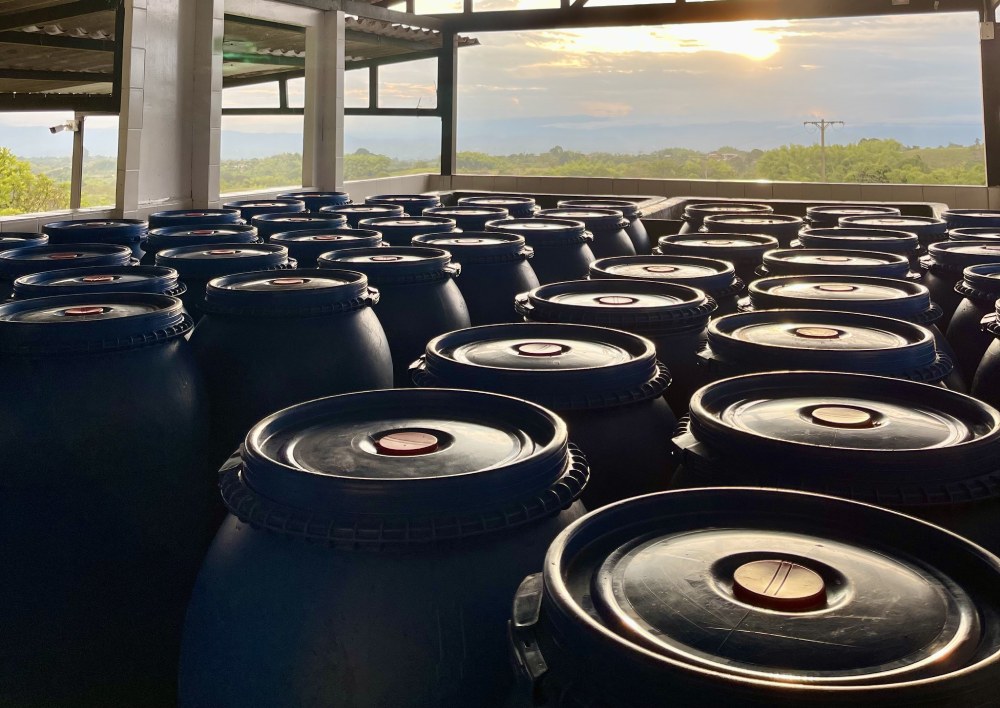
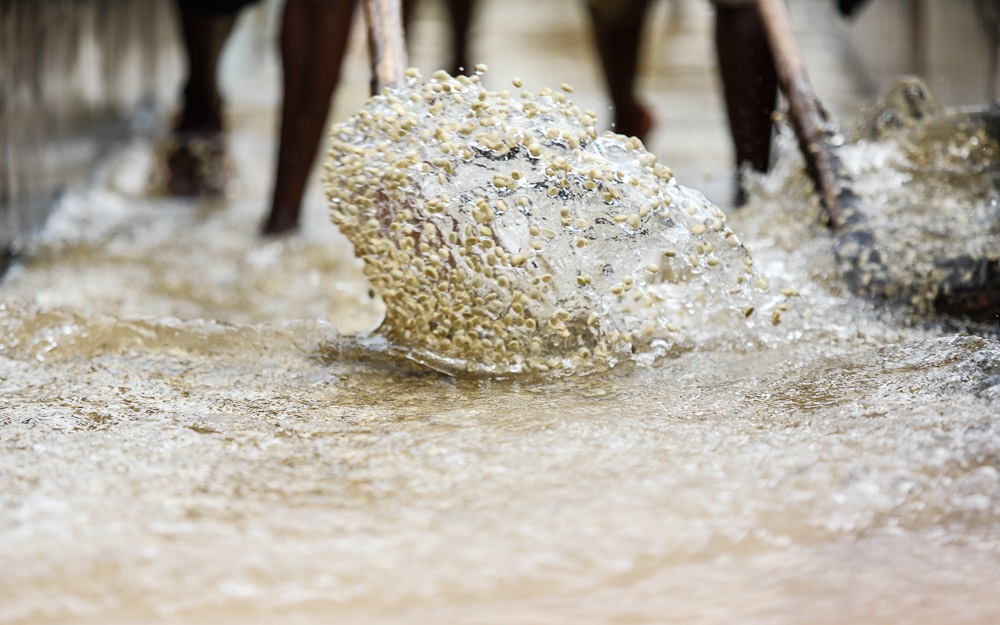
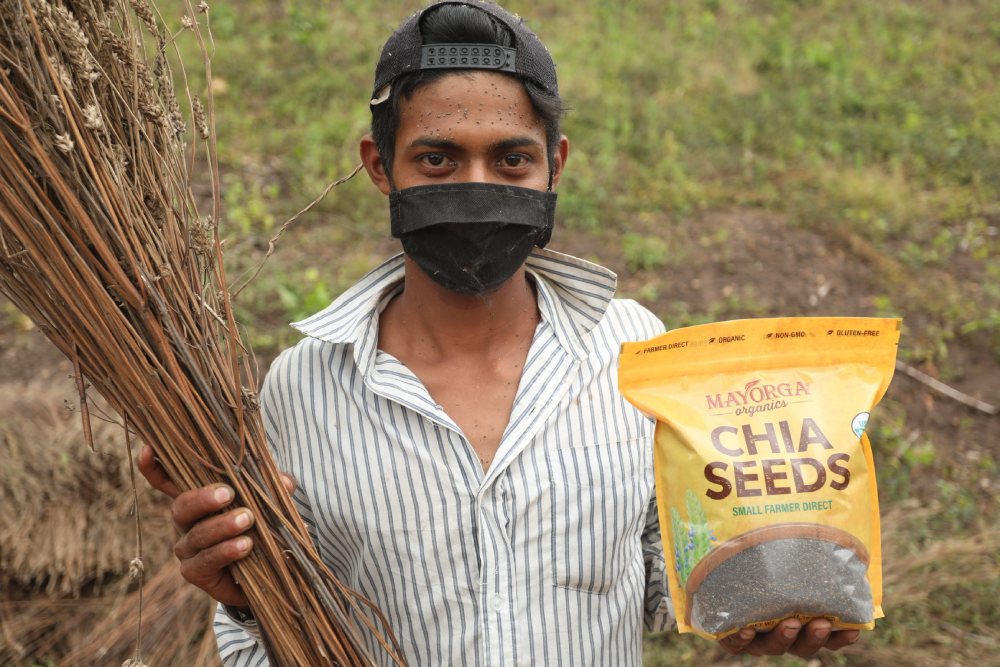
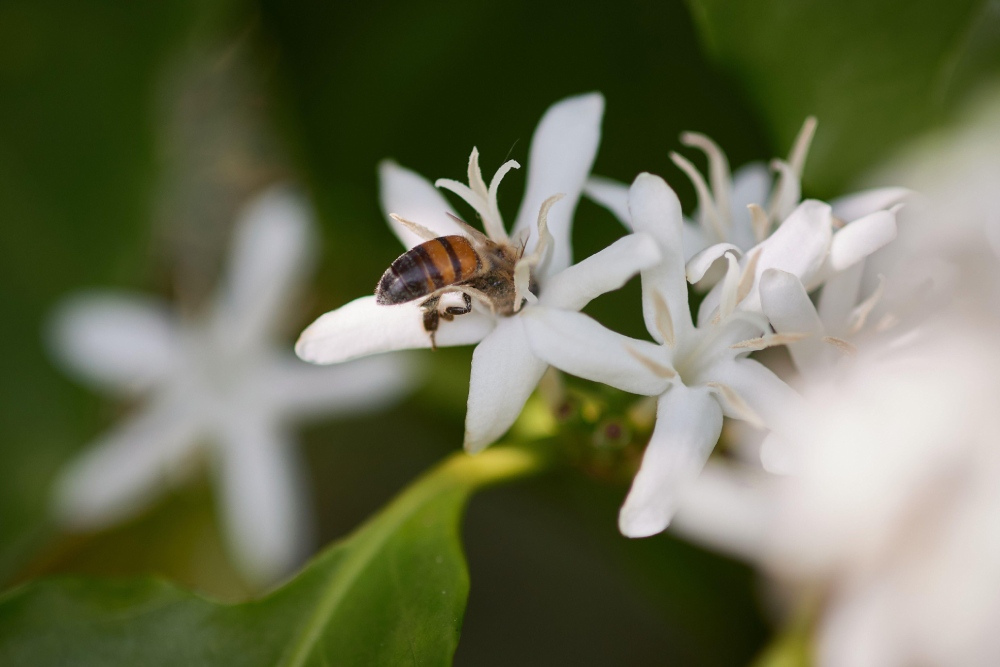
Responses